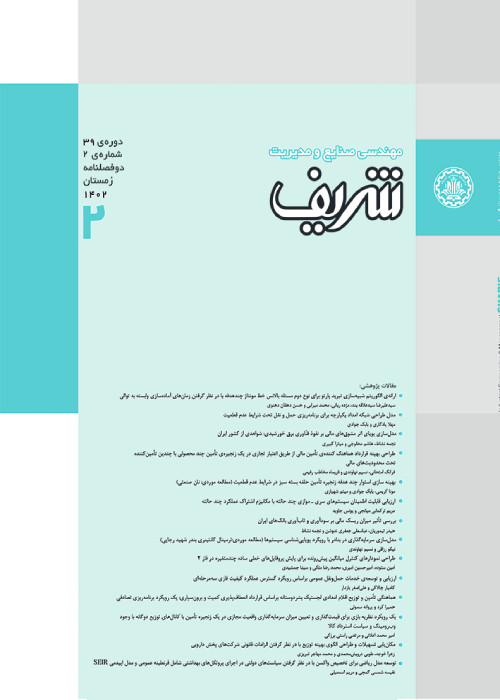MODELING A HIERARCHICAL FACILITY LOCATION-ALLOCATION PROBLEM WITH QUEUEING APPROACH AND SENSITIVE ANALYSIS
The primary objective of a typical hierarchical facility location problem is to determine the location of facilities in a multi-level network in a way to serve the customers at the lowest level of hierarchy. Nowadays, hierarchical facility location models have been widely applied in public facility location problems. In most of such cases, a developed model may need to deal with the relocation of existing facilities along with the construction of new facilities. This further acknowledges the need to focus on solving relocation hierarchical facility location problem using innovative approaches such as dynamic time elements. A facility is an establishment providing services; its level is defined by the highest level of service it offers. Low level services can be supported by a relatively small population. Also, those facilities can be located relatively densely in space. High level services require a large supporting population; they can only be located sparsely in space. Successive inclusiveness means that facilities of each level offer the services available at all lower levels of facility as well as those that require at least that level of facility. Although, the systems of facilities usually exist as hierarchical systems, location problems have been mostly studied for single-level systems. Hierarchical systems have to decide about the locations of their interacting facilities within a multiple layer configuration. Systems with a hierarchical structure are common both in public and private sectors. In this paper, we present the hierarchical facility location-allocation with two layers, Because of demand congestion in service networks, an M/M/1/K queuing system is considered. We assume that the capacity of each facility is limited. Furthermore, servers of each level offer a different service and Users can go to the higher level server without a low-level server refers them to it. We formulate the problem as nonlinear integer-programming models and solve model with GAMS and Global Criteria's technique. The paper finally identifies the gaps for future modeling efforts.
- حق عضویت دریافتی صرف حمایت از نشریات عضو و نگهداری، تکمیل و توسعه مگیران میشود.
- پرداخت حق اشتراک و دانلود مقالات اجازه بازنشر آن در سایر رسانههای چاپی و دیجیتال را به کاربر نمیدهد.


